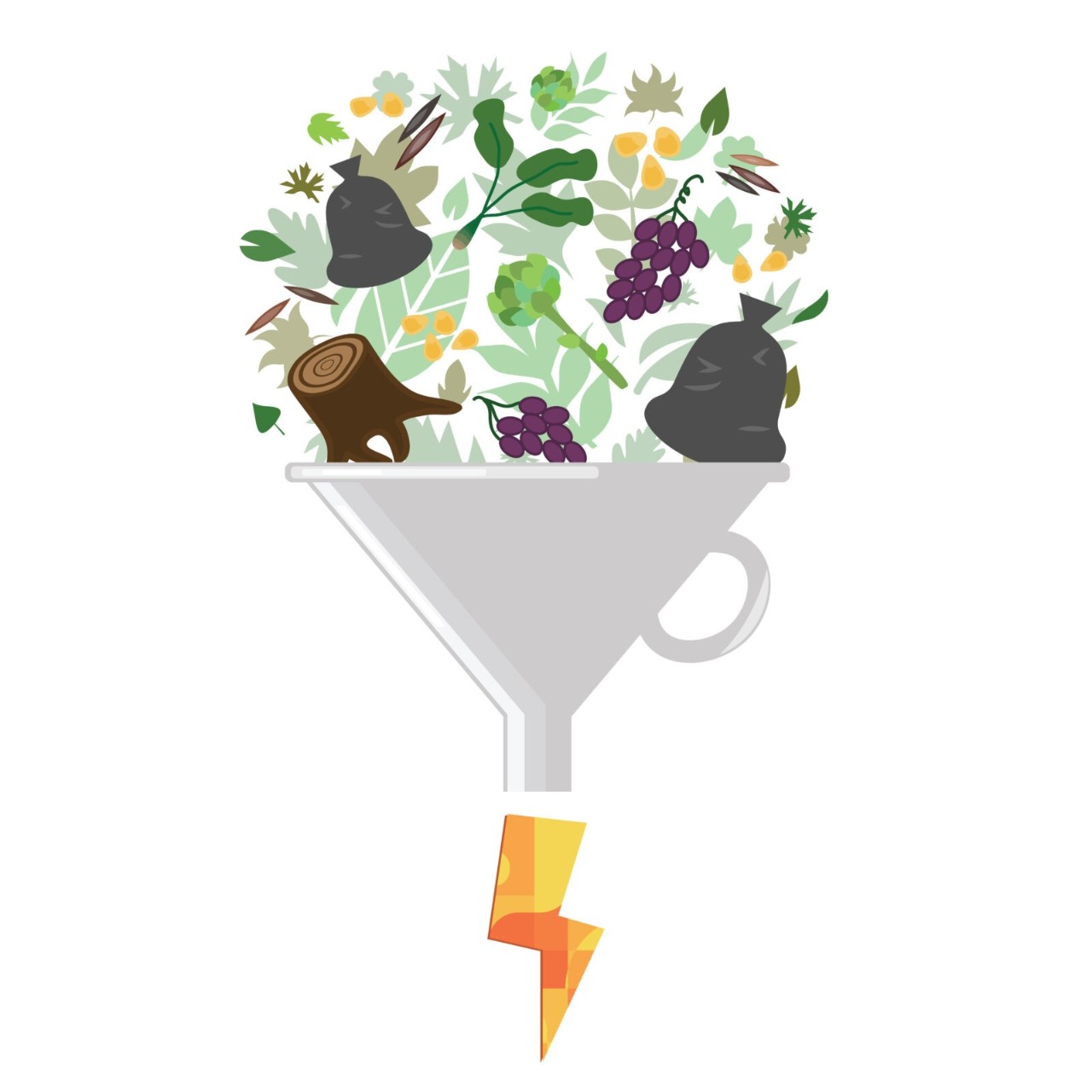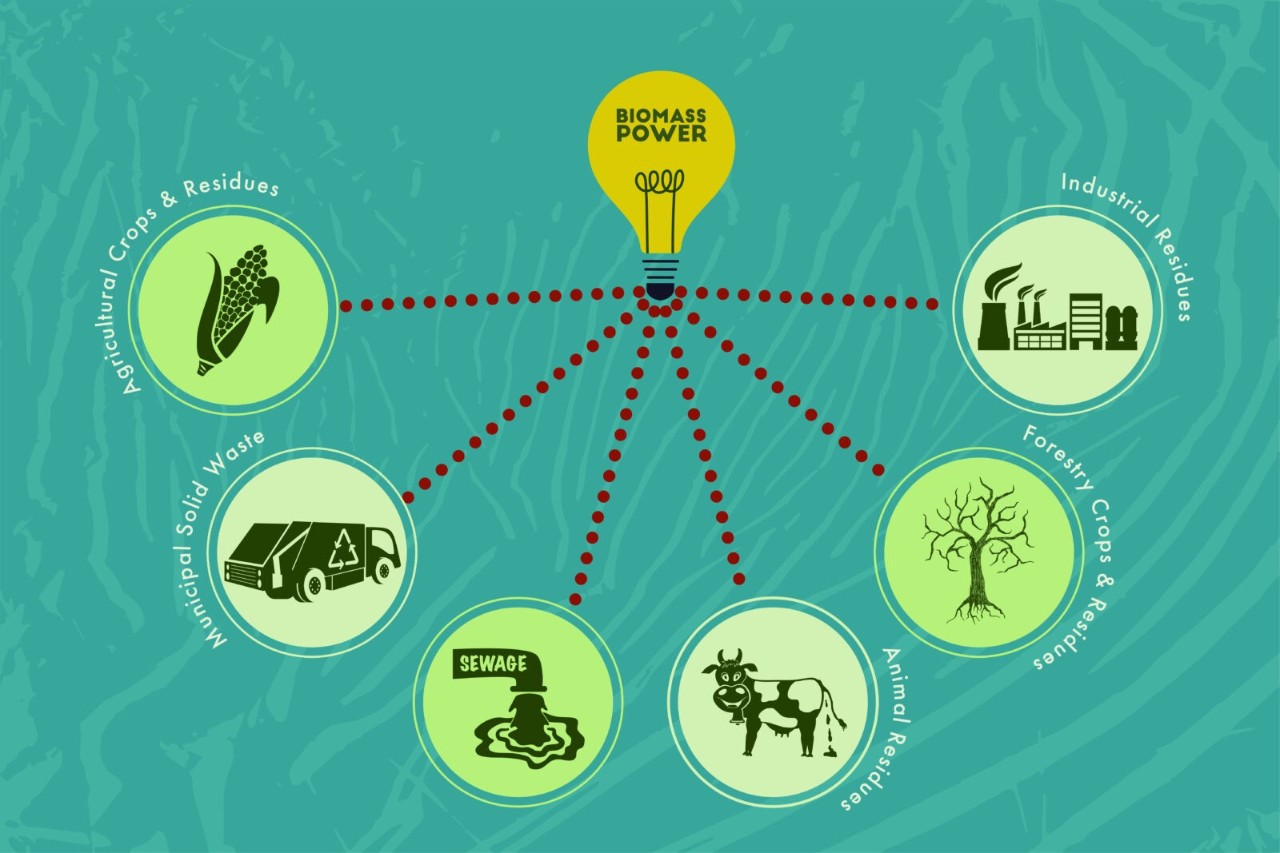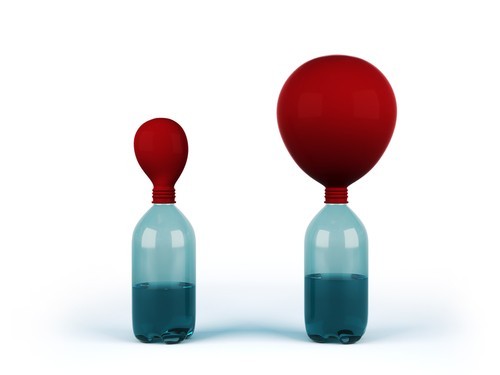
Big Idea
Biomass is a renewable energy form that is derived from plants and animals. Some types of biomass that can be used for energy are wood, crops, garbage, landfill gas, and alcohol fuels. By using these as an alternative fuel source we will be reducing our overreliance of fossil fuels, we will reduce our carbon footprint and there will be less garbage in our landfills.
Standards
Science – SC.6.E.7.5
Explain how energy provided by the sun influences global patterns of atmospheric movement and the temperature differences between air, water, and land.
Mathematics – MAFS.6.RP.1.3
Use ratio and rate reasoning to solve real-world and mathematical problems, e.g., by reasoning about tables of equivalent ratios, tape diagrams, double number line diagrams, or equations.
Vocabulary
Biomass • Biofuel • Combustion • Organic matter
Essential Question
Is biomass a good alternative to meet the current energy needs of our society?
Background Information
Biomass is considered an alternative form of clean energy. This renewable source of energy contains stored energy form the sun and is derived by using organic matter as fuel in order to generate electricity. It has been used by people far longer than any other source of energy. There are four ways to convert biomass energy into a usable energy source: fermentation, burning, bacterial decay, and conversion. Biomass helps to reduce greenhouse gas emissions. Although biomass does release carbon emissions, it is carbon neutral. That means that its fuels only release the same amount of carbon into the atmosphere as was absorbed by plants in their life cycle.
Guiding Questions
- What are some of the advantages and disadvantages of using biomass for energy (CO2 mission, efficiency, cost, etc.)?
- What types of biomass can be used to generate fuel?
- How do the different types of biomass compare to one another?
- What is the most commonly used material for biomass energy?
- Is biomass a sustainable energy source?
Instructional Sequence
- Exploring Biomass
- Class discussion using guiding questions
- Activity: Biomass Instagram Activity
- Lesson: Biomass Energy – Blow it Up Lab
Inquiry Type
- Structured Inquiry/Class – Exploring Biomass and Class Discussion
- Controlled Inquiry/Pairs – Activity: Biomass Instagram Activity
- Controlled Inquiry/Small Groups – Lesson: Biomass Energy – Blow It Up Lab
Teacher Resources

Activity #1: Introduction to Biomass Energy
In the following activity, students will be learn about Biomass Energy.
Materials
Procedure
- Present Exploring Biomass.
- After presentation, discuss content with students by using the following questions:
- What are some of the advantages and disadvantages of using biomass for energy (CO2 mission, efficiency, cost, etc.)?
- What types of biomass can be used to generate fuel?
- How do the different types of biomass compare to one another?
- What is the most commonly used material for biomass energy?
- Is biomass a sustainable energy source?
Activity #2: NEED Poster Biomass Instagram Activity
Complete the following activity after reading the BIOMASS at a Glance Informational Poster.
Materials
Procedure
- You are a photographer on assignment. Your task is to visit any number of existing Biomass plants and take pictures at these locations. After your visit, you decide to post your favorite picture on Instagram. Be sure to complete all of the information for your Instagram post:
- Your username as a scientific photographer.
- Your location; where was this picture taken?
- Draw what you photographed (ex. A power plant burning waste to produce energy).
- Quantify your post by writing a number of likes for your photo.
- Rewrite your username to begin your caption.
- Inform your audience about your trip to this power producing site. What might they learn about BIOMASS from your picture and caption combination?
- Include two hashtags related to your post.
Activity #3: Biomass Energy – Blow It Up Lab
In this lab, you will watch as bananas and other fruits/vegetables, decompose over a period of time. Do you think that the decomposing material can inflate a balloon? Complete the following lab to find out!
Materials
Each group will need:
- 4 – extremely ripe bananas
- 1 – any other fruit or vegetable (ex: apples, oranges, grapes, melons, lettuce, cabbage)
- 3 – paper bowls or plates
- 1 – plastic fork and knife
- 3 – 20 ounce plastic bottles
- 3 – balloons
- Measuring tape
- Funnel (optional)
- Food Processor or blender (optional)
Procedure
During this experiment you will be closely making observations about what occurs. Make sure to follow the procedures and document what happens for the next few days.
1. Make sure that you have 3 (three) empty 20 ounce bottles.
2. First, you will be peeling one of the ripe bananas.
3. Place the banana on a bowl or plate.
4. Next, mash the banana with a fork. Make sure that there are no lumps. (You may use a food processor or blender).
5. Carefully scoop up the mashed banana and place it into Bottle #1. (WARNING: This will be messy. It may be easier to scoop it up and place it in the bottle with the plastic knife and/or you can use a funnel.
6. After all of the mixture is in the bottle, carefully place the balloon over the mouth of the bottle. Make sure that you do not make any holes in the balloon as your stretch it.
7. For Bottle #2, repeat steps 2–6 above one fruit or vegetable of your choice. This will be done in order to compare if using a different fruit/vegetable will have a different result.
8. For Bottle #3, repeat steps 2 – 6 using 3 (three) bananas. This will be done in order to compare if the amount of material will change the result.
9. Place all three bottles in a warm, sunny spot.
10. Clean-up. If proper clean-up is not completed, you may begin to notice an unpleasant scent.
11. Watch the bottles for about a week or so.
12. Record your observations daily.
- What is happening to the banana/fruit/vegetable?
- What is happening to the balloon?
- Is the balloon inflating? If so, what is causing it to inflate?
- How long did it take for the balloon to begin inflating?
- What is the difference in growth rate between Bottle 1, 2, and 3?
- Which fruit/vegetable decays the fastest? How do you know?
13. Measure and record the circumference of the balloon each day to determine the effect the decay is having on the balloon.
14. Discuss the results.

